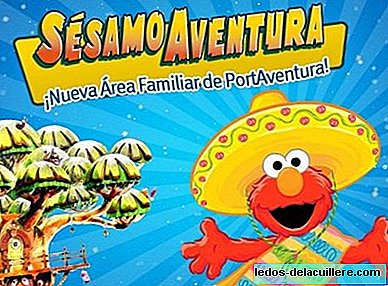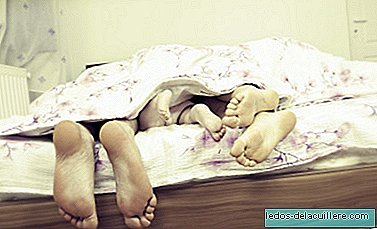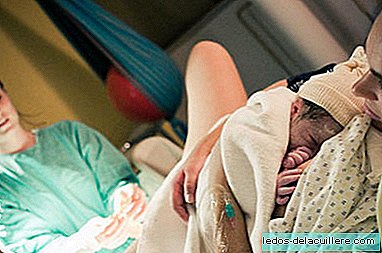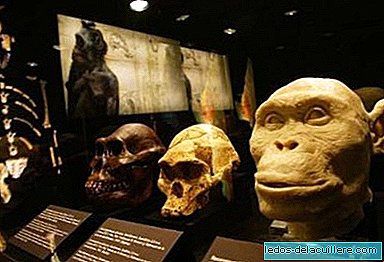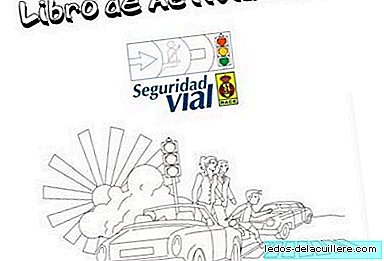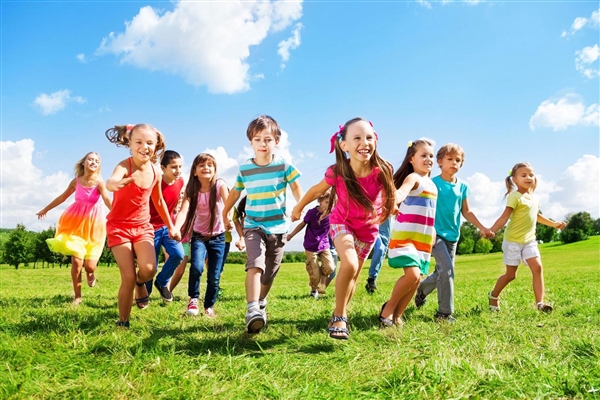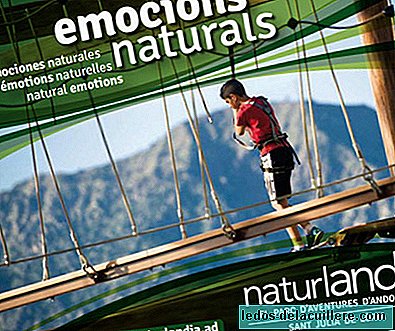
It is my pleasure to introduce you to Eva Domènec Elizalde, she is the director of the programs of Assisted Therapies with animals of the Center of Teràpies Assistides amb Cans / CTAC (company located in Sitges / Barcelona). She is also president of the CTAC Smiles Association and professor of the CTAC educational project, whose objective is to train technicians and experts in Animal Assisted Therapies.
Eva works and collaborates with health and education professionals to deliver the therapies and assisted activities with animals to all those who can benefit. Its work is carried out within the framework of institutions such as the maternal and child hospital of Sant Joan de Déu, Nexe Foundation, ASDI or Sauces.
CTAC was born as a result of years of work in the world of dog training and animal-assisted therapies, in relation to daily practice and in the training of other professionals.
In this interview Eva will tell us about the types of Animal Assisted Therapies, about the benefits of these interventions or about the users that participate, but above all about the real protagonists that are the therapists and the dogs.
We hope you like it. Peques and More.- Could you briefly define what Animal Assisted Therapies consist of?
Eva Domènec.- Many benefits derive from the human / animal relationship at the preventive, psychological, physical and socio-educational level. That is why the idea of making a dog specifically educated and trained so that acting as a therapy dog facilitates the achievement of the objectives set.
To the set of all possible forms of interactions with animals, we call them Assisted Interventions with animales (IAA). And depending on the therapeutic team that is part of the sessions, we name them in one way or another:
Assisted Activities with Animals (AAA) where the therapist participates with his dog next to the user.
Animal Therapy (TAA), where a health professional works with the user, in conjunction with the therapists and the therapy dog.
Animal assisted education (EAA), where an education professional works with its user, in conjunction with the therapist and the dog.
Assisted Assessment with Animals (GOING TO)
Resident Animal Program (PAIR)
All Animal Assisted Therapies are forms of assisted intervention with animals, in which a health professional, includes the dog in its sessions to act as a facilitator or motivator for the user, and thus achieve certain therapeutic benefits.

PyM.- From your center you offer Dog Therapies to people with disabilities or certain disorders, what advantages do the beneficiaries obtain from the benefits they receive, and from the relationship with these animals?
E.D.- The main objective of the CTAC (Center of Teràpies Assistides amb Cans), is send IAA to all the people who can benefit. That is why we work in different parts of the territory, either by moving, or by moving to occupational centers, nursing homes, hospitals, schools, etc. And there is also the possibility that people come to our Centers.
The main benefit derived from the IAA is on the one hand improve the quality of life of people both physically and psychologically, and on the other, bring a portion of nature to the therapeutic process, to facilitate and enrich it.
Many benefits derive from the human / animal relationship at the preventive, psychological, physical and socio-educational level. That is why the idea of making a dog specifically educated and trained so that acting as a therapy dog facilitates the achievement of the stated objectives is raised
PyM.- Do you think your dogs also benefit?
E.D.- Every session of an IAA must be properly planned, and structured to achieve the benefits posed and, at the same time, to be enriching for all the components of the session: the patient, the therapist, the technician, and the dog.
In addition, the animal treatment therapist must ensure the physical and psychological well-being of his co-worker: the dog. This fact together with the tenderness or affection they receive from the whole team, makes the dog also benefit from the IAA sessions. Otherwise, the dogs would not be in good condition to work.
PyM.- How is the process when you are hired for a service?
E.D.- People who participate in the sessions are part of a center where we are going to work, or they arrive at our centers individually.
In the first case, it is the center's own professionals who, studying the profile and needs of a particular user, choose to include it in IAA sessions, and thus continue working on the objectives initially set, this time with the dog as a facilitator.
When it is the families that arrive at their centers, a previous interview with our therapeutic team is carried out, to assess and set the objectives to work. In addition, the work methodology is explained.
The IAAs provide benefits to anyone regardless of their age range. AAA can also be done to people who are in a nursing home, providing them with physical benefits or facilitating the relationship between users, or TAA sessions can be performed for baseline sensory stimulation, with children affected by cerebral palsy

PyM.- What are the Assisted Therapies you offer? What is the role of each of the protagonists?
E.D.- The therapeutic team that participates in TAA / EAA is formed by:
The IAA expert, who is a health or education professional, they know how to integrate dogs into sessions to facilitate the achievement of the objectives set.
The IAA technician, who is responsible for the therapy dog, inside and outside the sessions, and who facilitates the dog's participation in the session.
The therapy dog, which is an animal with a selected character, and specially trained to be part of the sessions, next to one or several users.
CTAC, has training courses theoretical - practical aimed at the different "roles" of an IAA session. Twelve years of work within the IAA, give us the necessary experience to offer a good training.
PyM.- Do you act with adults and children? What particularities do these therapies have when those affected are the smallest?
E.D.- IAAs bring benefits to anyone regardless of your age range. AAA can also be done to people who are in a nursing home, providing them with physical benefits or facilitating the relationship between users, or TAA sessions can be performed for baseline sensory stimulation, with children affected by cerebral palsy
The most important thing is to see which dog profile is more convenient for each user's own capabilities, and of the objectives that want to work.
The richness of these interventions is immense, and the possibilities numerous.
PyM.- What disabilities or disorders do you act on? Could you tell us in general about the results observed?
E.D.- Our scope of action is based on the therapists we work with. As an example I could name:
Children with cerebral palsy, the actions in this case are carried out together with teachers, physiotherapists, speech therapists or occupational therapists.
Children with TGD or Autism, here the dog through the link with the child facilitates the achievement of therapeutic objectives at the behavioral or learning level.
Children with intellectual disabilities, because through the dog, cognitive aspects, abilities of daily life, and aspects of social communication are achieved in a playful way.
Adolescents with social inclusion problems, psychiatric disorders or eating disorders, favoring among other things your self-esteem.
Old people, with which emotional, physical aspects, retrograde memory are worked, ... Always from a playful and emotional point of view.
PyM.- What is the relationship between CTAC and animal breeders? And what factors are evaluated to select dogs intended for therapies?
E.D.- CTAC breeds labradors, golden retrievers and cavaliers to form future therapy and assistance dogs.
Individuals are selected from each litter, betting on their abilities to route them as assistance or therapy dogs.
Finally, after a long training process, they end up being fantastic therapy dogs that will provide comfort to different people, or assistance dogs that will help their user both in emotional aspects, as in different tasks they have learned.
We all know that from the relationship between children and pets, many benefits are derived both for them and for their family environment. But these benefits will take place as long as the moment and the choice of the animal has been the moment. As long as there is a good handling of the situation, the benefits will be greater than the possible inconveniences
PyM.- Are there races that are more suitable to perform these tasks? why?

E.D.- Normally we talk about the goldens and the withdrawalvers as an ideal breed to carry out these jobs, since they generally like contact with people, seek their affection and like to be part of our games.
But more than talking about races, we would look at individuals, regardless of race. We should look at the capabilities he has as a dog to share his life with us, offering his affection in exchange for being our life partner, and also pampering and rewards.
PyM.- Do you think it is important for children in general, the relationship with a companion animal? why?
E.D.- We all know that from the relationship between children and pets, many benefits are derived both for them and for their family environment. But these benefits will take place as long as the moment and the choice of the animal has been the moment. As long as there is a good handling of the situation, the benefits will be greater than the possible inconveniences.
If we do not take into account a series of items before incorporating a dog into our family, the decision could involve counterproductive aspects for children. But if we advise on which is the best companion animal for our family, the benefits will be many, and enriching for all.
From Peques and Más we want to thank Eva Domènec for her generosity by granting us this interview, thanks to her we have been able to know a little more about the Animal Assisted Interventions. We know that Eva has a family and a lot of work, so we value very much that she has given us her dedication in answering our questions. It has been a pleasure for us.
Images | Eva Domènec, CTAC More information | CTAC In Peques and More | "Loving them to love me" is an Assisted Animal Therapy project aimed at children at social risk


